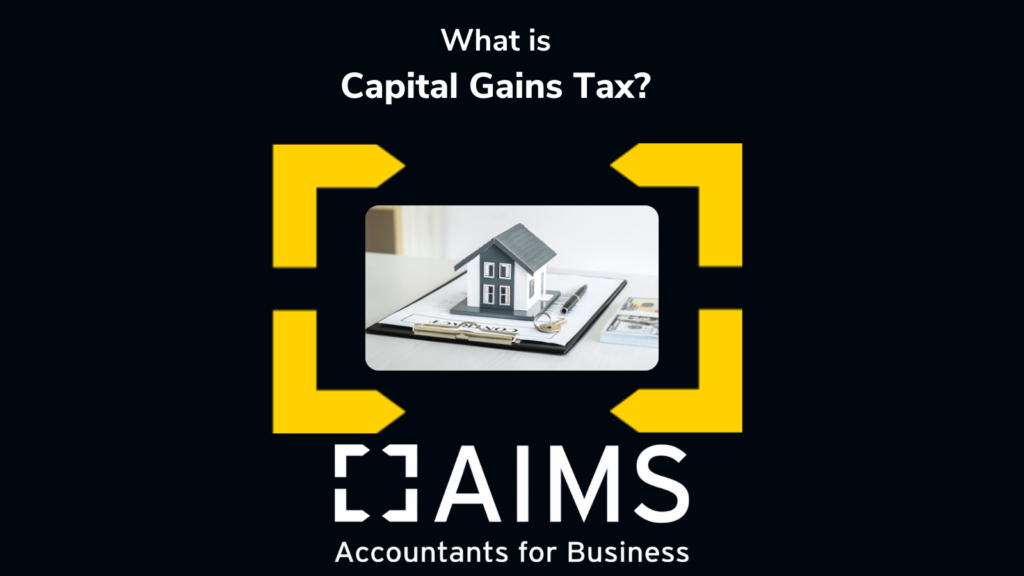
| What is Capital Gains Tax? (CGT). CGT is a tax on the profits you’ve made on an asset, such as a second home or an investment.
What is Capital Gains Tax?
If you’re a basic rate taxpayer, the rate of CGT you pay will depend on the size of your gain and your taxable income. Generally speaking, you don’t pay CGT on the sale of your primary home.
There are 4 rates of CGT. The basic rate of 10% and a higher rate of 20%. These rates increase to 18% and 28% respectively if you disposed of a residential property. Each individual has a £6,000 (£12,300 22/23) annual exempt amount per tax year, if all your gains are below this level you do not pay any CGT.
Basic-rate taxpayers pay capital gains tax at a rate of 10% (18% for residential property disposals) to the extent the gain uses up their remaining basic rate band.
For higher rate taxpayers this increases to 20% (28% for residential property disposals)
If you are a basic rate payer and the disposal pushes you into a higher-rate tax bracket you will pay a combination of the above taxes.
Here’s an example from the Government website. Your taxable income (your income minus your Personal Allowance and any Income Tax reliefs) is £20,000 and your taxable gains are £12,600. Your gains are not from residential property.
First, deduct the Capital Gains tax-free allowance from your taxable gain. For the 2023 to 2024 tax year the allowance is £6,000, which leaves £6,600 to pay tax on.
Add this to your taxable income. Because the combined amount of £26,600 is less than £37,700 (the basic rate band for the 2023 to 2024 tax year), you pay Capital Gains Tax at 10%.
This means you’ll pay £660 in Capital Gains Tax.
We can help you understand CGT and how to manage your investments in the most efficient way. We work with SMEs all over the UK and our accountants are business owners too, just like you. We’d love to work with you. You can find your nearest AIMS accountant here:
|